Summary
Globally, the livestock sector is increasing but shifting and its environmental impacts are too narrowly considered.
Narratives around livestock in OECD countries are very different to those in low and middle income countries, making polarisation in livestock debates particularly unhelpful. The livestock sector globally is increasing, but this varies between species: while there is a significant increase in poultry consumption, beef is stagnating. The land footprint of the livestock sector is huge, and this and other environmental impacts need more attention alongside GHG emissions. While sectoral growth is being achieved in some places by sustainable intensification, increasing animal numbers are elsewhere driving production, something incompatible with reduction of net emissions. Reductions in consumption are also required in some places by association with obesity and non-communicable disease.
Alongside the global picture, livestock remain extremely important in Sub-Saharan Africa and support to the sector can contribute to social and environmental aims.
Consumption levels are enormously different between SS Africa and, for example, the USA, and there is room for increase without it getting anywhere near Western levels. There is still a significant need for nutrient-dense foods in Sub-Saharan Africa and similar regions for food security and nutrition. Livestock offer this alongside income resilience and some context-specific environmental benefits. Context should inform the efficiency and intensification questions – low-producing animals are also hardy. Laura flagged that as 80% of Kenyan land is arid or semi-arid, and unsuitable for crop farming, pastoralism is the best use of land.
Oversimplification misses key differences and diversity in production systems (Guyo Roba). The lack of nuance – and geographical specificity - in the livestock debate has had detrimental effects. It has already disrupted international climate negotiations, and this may well inhibit livestock development in Sub-Saharan Africa. Projects are limited in their ability to raise funds that would help farmers by difficulties in getting funding for livestock development.
Sub-Saharan Africa should avoid going down a Western production and consumption route in terms of both systems and end goals
More animal-sourced foods are necessary in Sub-Saharan Africa, but that necessity does not extend to levels of consumption in the Global North, where reductions are vital. There is an opportunity for the Global South to learn from mistakes made in the Global North that have led to health and equity issues, and those conversations need to be had in the Global South. Systems are changing rapidly in terms of economy, land use and technology, and Sub-Saharan Africa’s young population only increases that dynamism.
The Global North has lost an element of husbandry alongside a focus on technological development. There is a risk that reductions in Europe and Western countries will simply lead to shifting the environmental footprint elsewhere. Locally grown feeds will need to be explored. Structural production has shifted towards smaller animals, but there are contextual limits to this, e.g. aquaculture is constrained by ecology. Poultry are good recyclers in managing food waste, but shifts to non-ruminants involve shifts in feed sources, and food-feed competition must be avoided.
Culture is an important part of the debate, but choices are rarely exclusively cultural
Pastoralism is ‘not a cultural thing, it’s a production system’ (Guyo Roba). The cultural aspect is secondary to its functional value: moving strategically through a heterogenous landscape, resilience to shocks and climate impacts in flexibility of the number and species of animals being managed.
Animal welfare
For many of the contributors, animal welfare was not an explicit feature of their work. They suggested this is partly because the systems used in Sub-Saharan Africa and that contributors are supporting tend to be those that perform relatively well on this metric, such as silvopastoral systems. The intensification being considered by contributors is of such a different degree to the levels of intensive production elsewhere that the associated welfare concerns are a long way off. Nonetheless, animal welfare emerged as a neglected issue in livestock conversations.
More data gathering efforts are needed for Sub-Saharan Africa, as are better metrics that don't oversimplify the issues.
There needs to be more investment in data. The Global South needs to set for itself a path towards sustainability and evidence is needed to do that, as well as to ensure nuanced international negotiation. ILRI understands agro-pastoralist systems to have the smallest environmental impact and is working to build the evidence base around this, as well as to ensure the place of pastoralists in the discussion. Investment, policy and metrics are much intertwined and single metrics, such as on the efficiency of particular animals, are not necessarily the best way to provide analysis.
The development agenda needs to target livelihoods and the environment simultaneously.
Investment must increase but cannot support the same style of projects as seen in the past – issues must be treated as packages that connect across supply chains. Mario emphasised the need for livestock’s footprint to shrink, and the role of sustainable intensification in delivering that, drawing on both industrialisation and agroecology. The One Health concept is a valuable tool in improving systems, particularly if the concept can be operationalised in the design of interventions and the flow of resources.
The Global North has a dual responsibility to reduce its own consumption and to nuance and contextualise its understanding of animal-sourced food systems in international action.
Contributors suggested a lack of understanding of livestock systems in a Sub-Saharan context was evident at COP28 among some governments and organisations working in the Global North. While campaigners are right to highlight that there are major environmental impacts arising from livestock production, messaging needs to accommodate regional specificities. Global South countries need to do some long-term planning to chart their own route forwards.
Event summarised by Ruth Mattock. This is TABLE's account of the event and any commentary included is our own and does not imply endorsement by the panellists participating in it.
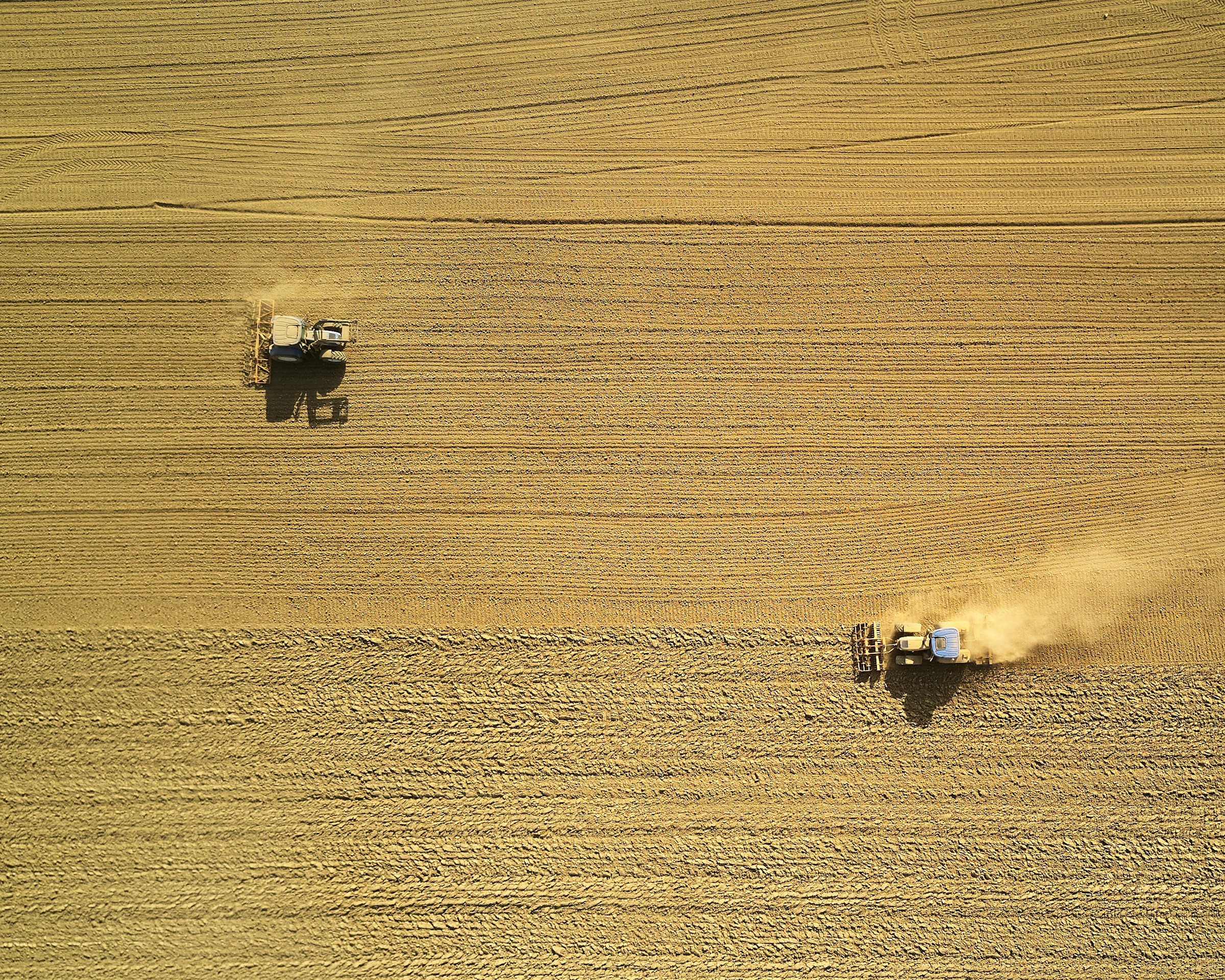
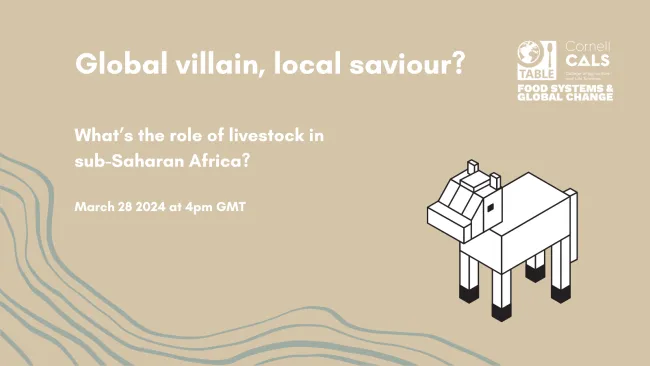
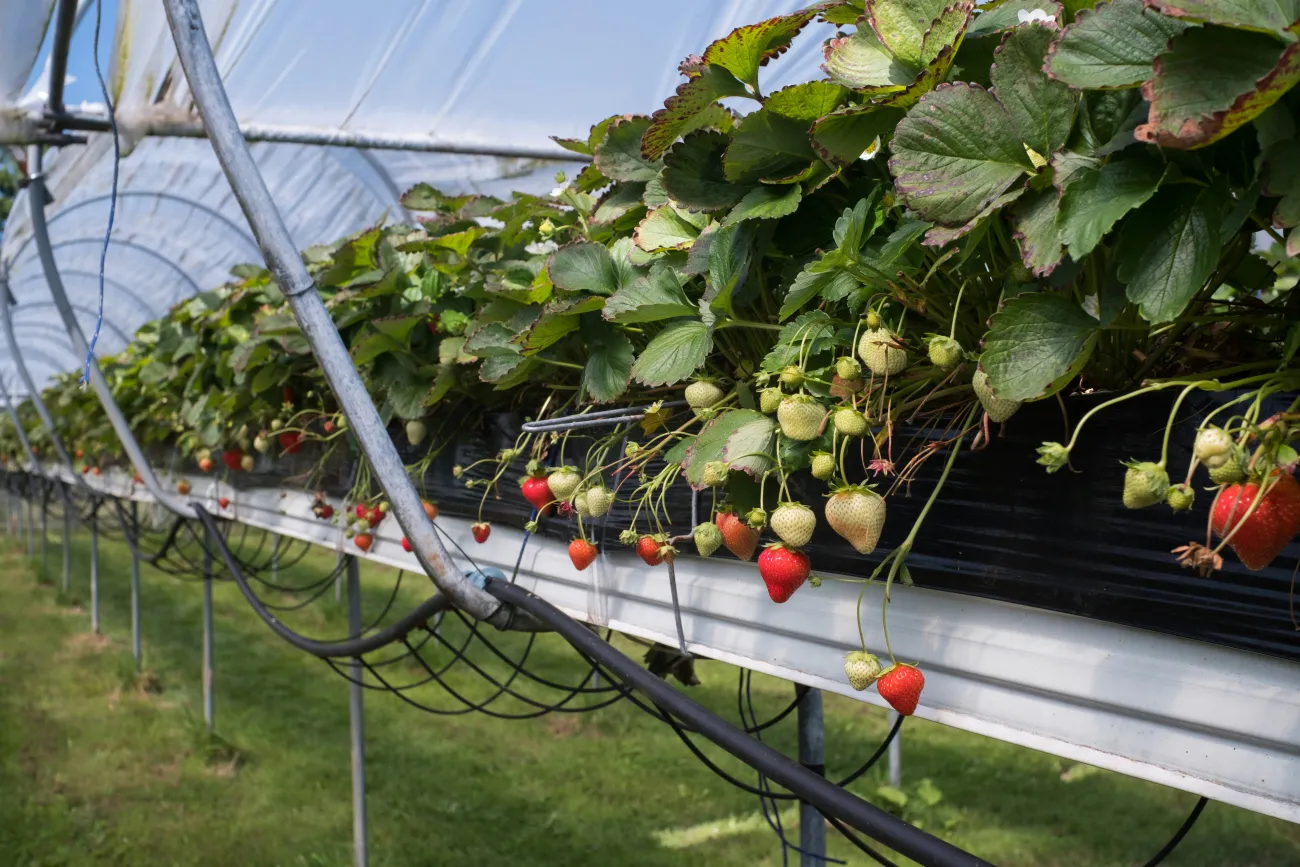
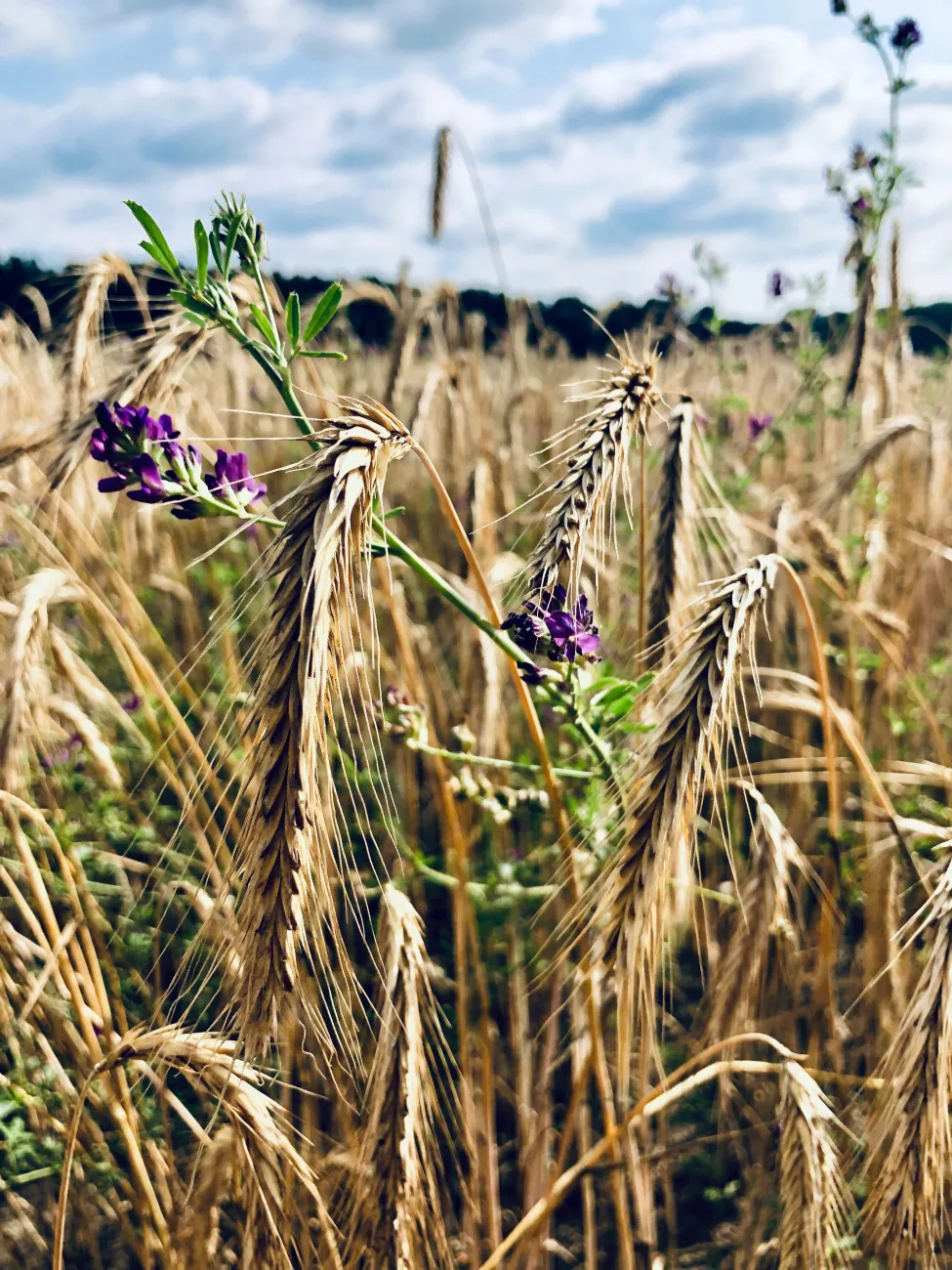
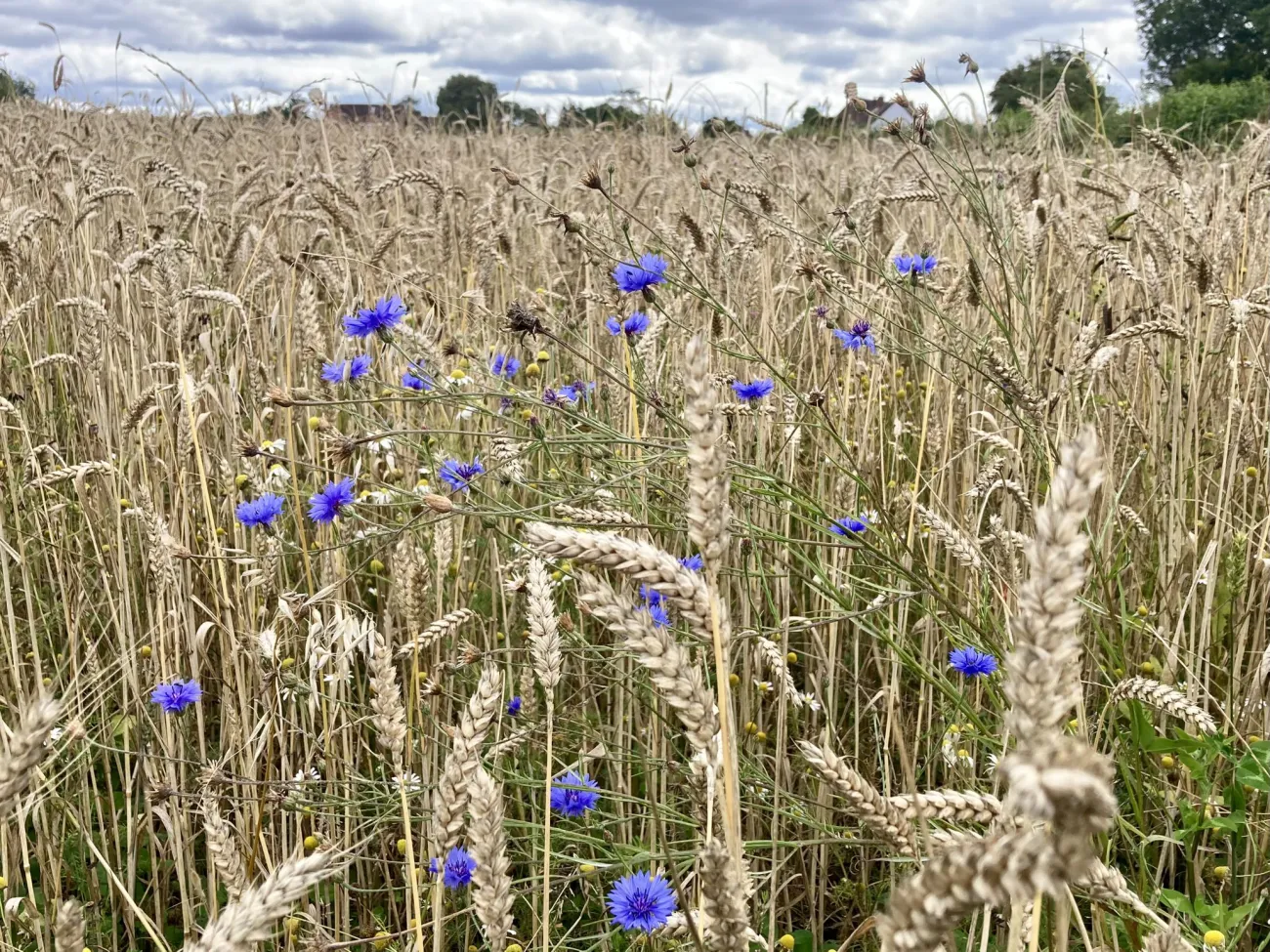
Comments (0)